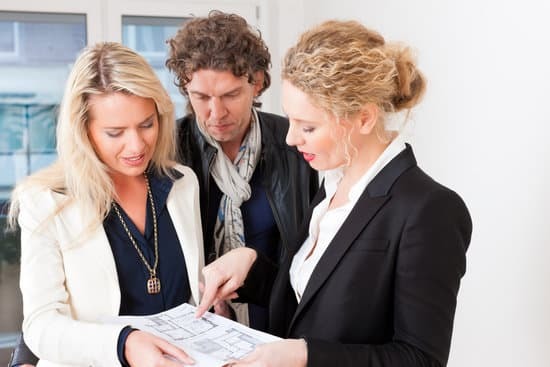Everything You Need to Know About Your Security Deposit

Renting a home comes with its fair share of responsibilities and financial commitments, one of which is the security deposit. Whether you're a first-time renter or a seasoned tenant, understanding the ins and outs of your security deposit is crucial for a smooth and stress-free renting experience. In this blog, we'll explore everything you need to know about security deposits, from their purpose to the steps you can take to ensure you get your deposit back in full.
What is a Security Deposit?
A security deposit is a sum of money paid by a tenant to a landlord or property manager at the beginning of a lease. Its primary purpose is to protect the landlord against any potential damage to the property or unpaid rent. Typically, the amount is equivalent to one month's rent, but this can vary based on local laws and the terms of your lease.
When and How to Pay Your Security Deposit
Security deposits are typically due at the lease signing along with the first month's rent. Pay close attention to the payment method specified in your lease agreement, as some landlords prefer a cashier's check or money order. Keep records of your payment and request a receipt to avoid any disputes later on.
Understanding the Lease Agreement
Your lease agreement is a crucial document that outlines the terms and conditions of your tenancy, including details about your security deposit. Take the time to read and understand this document thoroughly. Note any clauses related to the use, refund, or deductions from your security deposit.
Conditions for Deductions
Landlords are entitled to make deductions from your security deposit for specific reasons outlined in your lease agreement. Common deductions include repairing damages beyond normal wear and tear, unpaid rent, or cleaning costs. Take note of the condition of the property when you move in and document any pre-existing damages to avoid being held responsible later.
The Move-In Inspection
Before settling into your new home, conduct a thorough move-in inspection with your landlord or property manager. Document the condition of each room, including any existing damages, and take pictures if possible. This step is crucial for establishing the baseline condition of the property and protecting yourself from unwarranted deductions when you move out.
Move-Out Procedures
When it's time to move out, follow the move-out procedures outlined in your lease agreement. This may include notifying your landlord in advance, cleaning the property, and returning keys. Be present during the final inspection to address any concerns and ensure a fair assessment of the property's condition.
Getting Your Deposit Back
Upon successful completion of the move-out process, your landlord should return your security deposit within a specified timeframe, usually dictated by local laws. If there are deductions, your landlord must provide an itemized list detailing the reasons for each deduction. If you disagree with any deductions, communicate with your landlord promptly to resolve the issue.
Legal Protections for Tenants
Familiarize yourself with tenant protection laws in your area. Many jurisdictions have regulations that limit the amount a landlord can deduct, specify the timeframe for returning deposits, and outline the procedures for dispute resolution.
Your security deposit is a significant financial commitment when renting a property, and understanding its purpose and the associated processes is crucial for a positive renting experience. By being proactive, documenting the property's condition, and adhering to lease agreements, you can increase the likelihood of receiving your full security deposit refund and maintain a good landlord-tenant relationship. Always consult local laws and regulations to ensure you are aware of your rights and responsibilities as a tenant.
Check out more renter tips below!
- Renting in Ontario: Your Rights & Responsibilities
- What is a Lease Addendum?
- Lease Renewal vs. Lease Extension